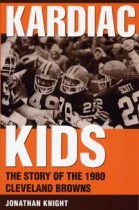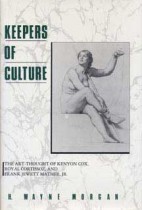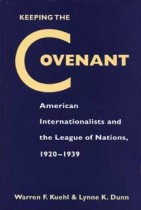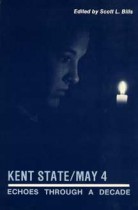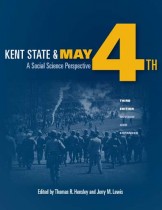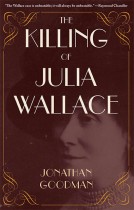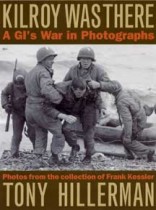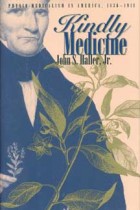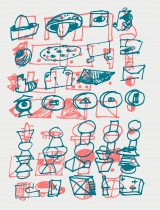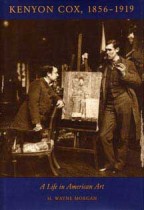
In this first biography, H. Wayne Morgan focuses on Cox’s development and personality, treating his art as an expression of his idealism. Cox was born in Warren, Ohio grew up in the Cincinnati area, and attended the McMicken School of Design there. His art training continued in Paris, where he studied for five years in the academic setting of the Ecole des Beaux-Arts as well as in private ateliers, such as those of Emile Carolus-Duran, Rodolphe Julian, and Jean-Leon Gerome. An academic, Cox was committed to learning traditional drawing and composition before establishing his own artistic identity. Cox became well known as a muralist during the prosperous years from 1897 to the 1920s, providing works for the new state capitols of Wisconsin, Iowa, and Minnesota, the Library of Congress, and several public buildings in New York City. His large allegorical decorations rested on a thorough knowledge of Italian renaissance masters, many of whose works he had seen as an impressionable student. In addition, Cox’s gift for pithy phrases and his obvious knowledge gained him considerable prominence as a critic and reviewer. Throughout his career, he emphasized the values of craftsmanship and of attachments to ongoing traditional ideals that emphasized harmony, order, and unity of artist and public.
